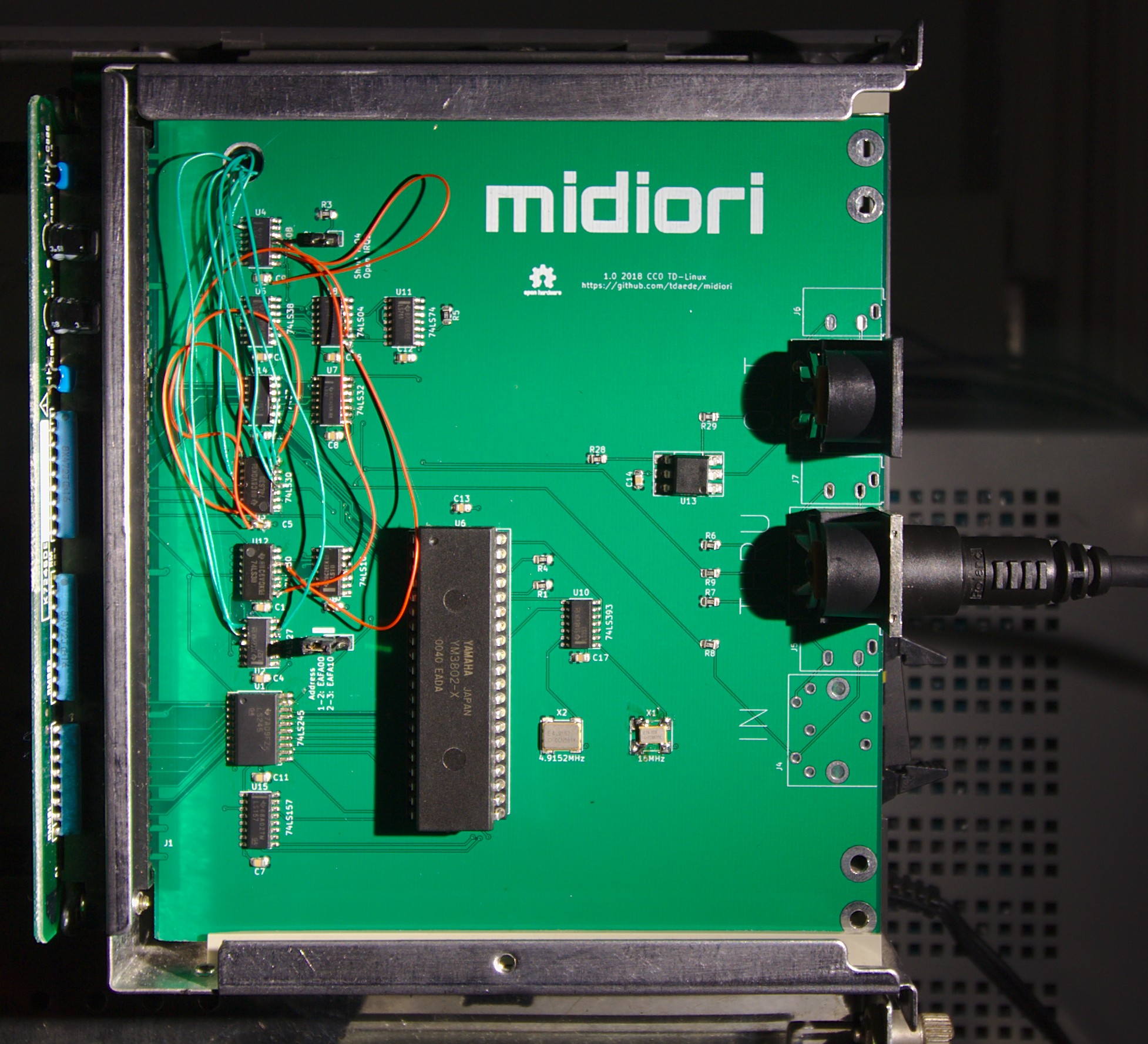

Control CPU is an Intel P8098 and DAC is a Burr-Brown PCM54. These sound effects cannot be heard on an MT-32.Įarly models share a similar design to MT-32 (New). CM modules are compatible with MT-32, but feature 33 additional sound effect samples which many games took advantage of. They came without an LCD display and had most buttons removed. To target computer users, Roland released a number of CM (Computer Music) modules. While it uses a MT-32 (New) PCB, the chassis is different.

#X68000 emulator midi serial numbers

Two major revisions of the MT-32 were produced. The CM-Panion, by Gajits Music Software, was an Amiga editor which worked with the MT-32. The utility was predated by a pack called "MT32GS", released by Mike Cornelius in 1992. Despite this, compatibility with GM is still limited by the lack of parts (9 on the MT-32, 16 per GM specification) and reversed panpot compared to MMA MIDI specifications. 64 of the 128 patches (the limit of possible variations) are completely new or modified sounds, with additional sounds having been added to drum channel 10. However, the MT-32's melodic parts can be shifted down to respond to channels 1~8 using a button combination or through MIDI system exclusive messages, enabling improved compatibility with non-MT-32-specific MIDI sequences.Īdditionally, in 1993 Roland released the "GM2MT" SysEx pack, which can be used to reprogram the MT-32 and compatibles to match General MIDI specifications as closely as possible. By consequence, MIDI files using the popular channel 1 or the other channels 11~16 cannot have those parts played on the MT-32. The MT-32 by default assigns its parts 1~8 and R(hythm) to respond on input MIDI channels 2~9 and 10 respectively. With 32 partials available overall, polyphony depends on the tonal complexity of the music, and 8 to 32 notes can be played simultaneously.
Sounds are created from up to 4 partials which can be combined in various ways (including ring modulation). Because of the absence of a piano attack sample, it cannot play a convincing acoustic piano sound. Successors (see below) added a library of 33 sound effects. It also features a digital reverberation effect. The original MT-32 comes with a preset library of 128 synth and 30 rhythm sounds, playable on 8 melodic channels and one rhythm channel. Samples are used for attacks and drums, while traditional synthesis assures the sustain phase of the sounds. Like the Roland D-50 Linear Synthesizer, it uses Linear Arithmetic synthesis, a form of sample-based synthesis combined with subtractive synthesis, to produce its sounds. It was the first product in Roland's Myuujikun ( ミュージくん) line of Desktop Music System (DTM) packages in Japan.
#X68000 emulator midi professional
Within Roland's family of Linear Arithmetic (LA) synthesizers, the multitimbral MT-32 series constitutes the budget prosumer line for computer music at home, the multitimbral D-5, D-10, D-20 and D-110 models constitute the professional line for general studio use, and the high-end monotimbral D-50 and D-550 models are for sophisticated multi-track studio work. Since it was made prior to the release of the General MIDI standard, it uses its own proprietary format for MIDI file playback. However, it became more famous along with its compatible modules as an early de facto standard in computer music. It was originally marketed to amateur musicians as a budget external synthesizer with an original list price of $695. The Roland MT-32 Multi-Timbre Sound Module is a MIDI synthesizer module first released in 1987 by Roland Corporation. Sharp X68000, Commodore Amiga, Atari ST, IBM PC, PC-8800 series, PC-9800 series


 0 kommentar(er)
0 kommentar(er)
